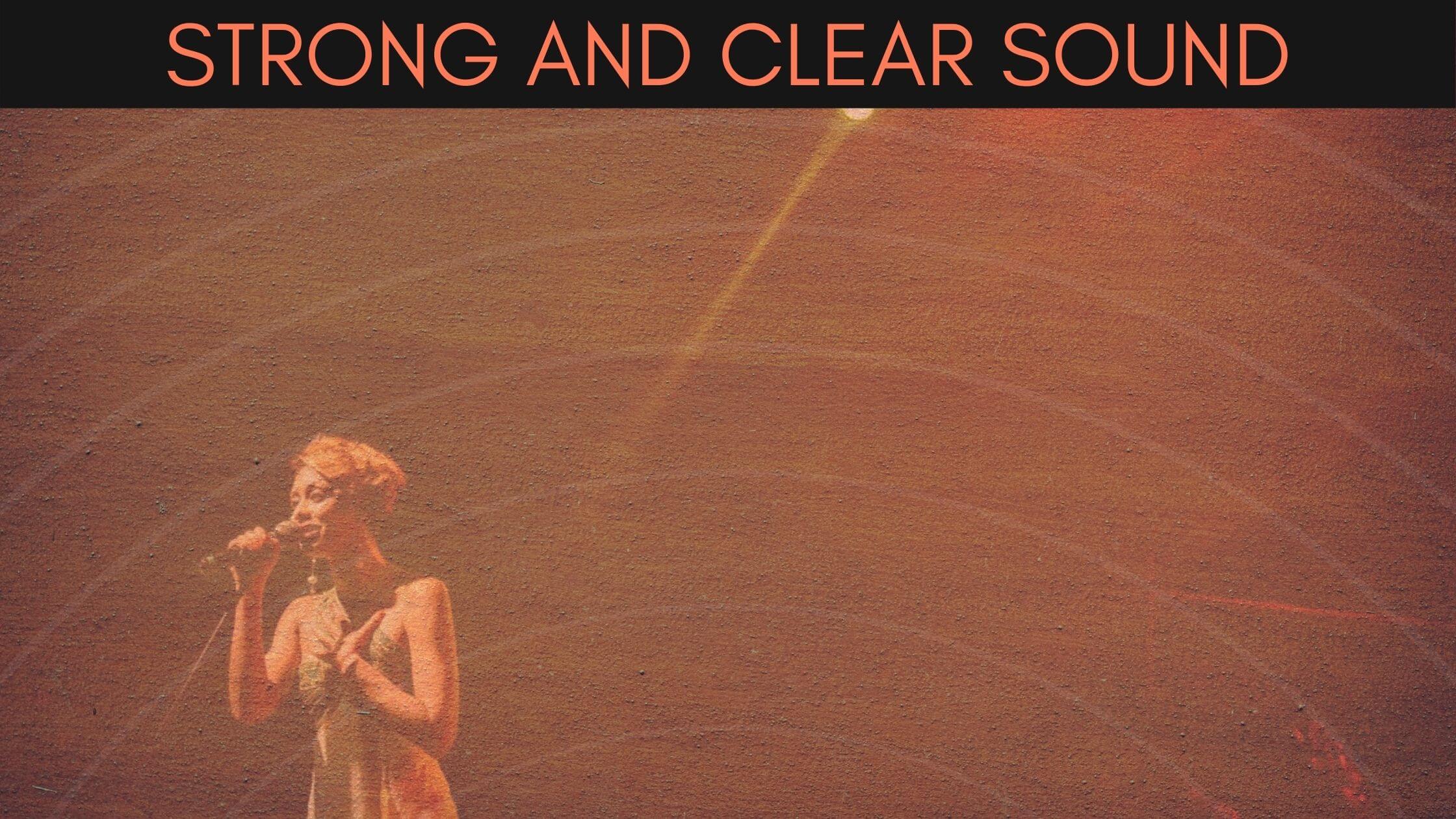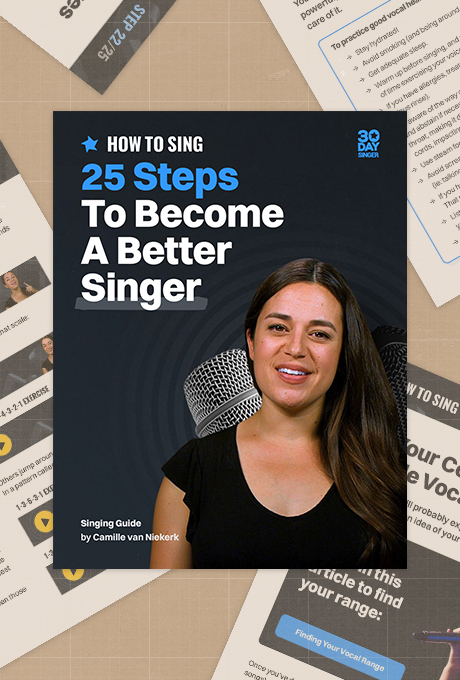How To Achieve A Strong, Clear Sound
August 13, 2021
"Help! My voice is weak and breathy!" How to achieve a strong, clear sound.
Camille van Niekerk
For some singers, their breathy tone is part of the characteristic sound that made them famous! Examples include Bon Iver, Norah Jones, Elliot Smith, John Mayer, and Billie Eilish. Other singers like Mariah Carey, Daniel Caesar, Charlie Puth and Ariana Grande use breathy tone as a stylistic effect, but they sing with a clean, balanced tone the majority of the time.
The ideal coordination to train - both for your vocal health and versatility as an artist - is a clean, balanced sound. Not too breathy, not too pressed. Most beginning singers are able to access a clean, strong tone at some point in their range (most often chest voice, but there are exceptions). But that balanced sound tends to fall apart, typically as the singer transitions to head voice.
Here are a few important tips to keep in mind as you train a strong, clear sound without excess breathiness:
1. Embrace the semi-occluded vocal tract exercise.
That’s a fancy way of saying “exercises in which your mouth is partially closed”. Voice scientists, teachers and singers love using SOVT’s for gently warming up, training balanced breath support, lining up the vocal folds, exploring difficult spots in their range, and vocal rehab. SOVT’s work because “when the mouth is partially closed,increased back pressure reflects at the lips back to the vocal folds to help the folds vibrate with more ease and less effort” (Voice Science Works). See here (https://www.voicescienceworks.org/sovt-exercises.html) for a helpful diagram and more information!
SOVT’s include: Lip trills, Tongue trills (rolling your tongue), Singing through a straw, Singing on an MM, NN, NG, VV, or ZZ
How to use SOVT’s: Use them in your warmup AND in your song work by singing the melody on an SOVT. This trains your voice to sing those pitches with clean, rather than breathy, tone.
2. Add a consonant.
Hard consonants like G and B provide secondary resistance to make it easier for your vocal folds to resist the air beneath them.
How to use hard consonants: If you’re struggling on an exercise with a vowel (like “Ahh” or “Ohh”), add an initial G or B sound. For example, you can sing that warmup on the syllable Gahh or Bohh and see if that improves your tone quality. If you need more support, it’s usually helpful to add another consonant on the end (Gahh becomes Gahg, and Bohh becomes Bohb).Within your song work: swap out the lyrics for one of these helpful syllables, and train on that syllable before returning to the lyrics!
3. Be aware of registration and vowel shape.
The two big culprits are the OO vowel (as in “you”) and the EE vowel (as in “me”). If you’re singing one of those vowels, particularly higher in your range, they tend to either (1) sound pinched and strained as you try to maintain vocal power, or (2) “flip” abruptly into head voice, resulting in an airy tone.
In order to avoid BOTH the strained sound and the abrupt flip, modify your vowel to be slightly closer to an UH as in “bug” or ano͝o as in “book”. As you find the right modification for your voice, start on an UH and slowly morph to the OO or EE. Stop when your vowel sounds more like OO or EE but retains its power and relaxation.
See here for a workshop on vowel modification formore: https://www.youtube.com/watch?v=KSp5yKVakmo.
4. Develop your mix.
Mixed registration combines both chest and head function to help you sing in the middle and upper part of your range without either shouting (too much chest) or flipping (all head voice). See here for an article with more detailed instruction on mixing: https://www.30daysinger.com/blog/mixed-voice-why-is-it-so-important-and-how-can-i-develop-it.
Final thoughts: Breathy tone can sound great, but we don’t want it to be our default. Train healthy, efficient cord closure and save that occasional breathiness for effect.


